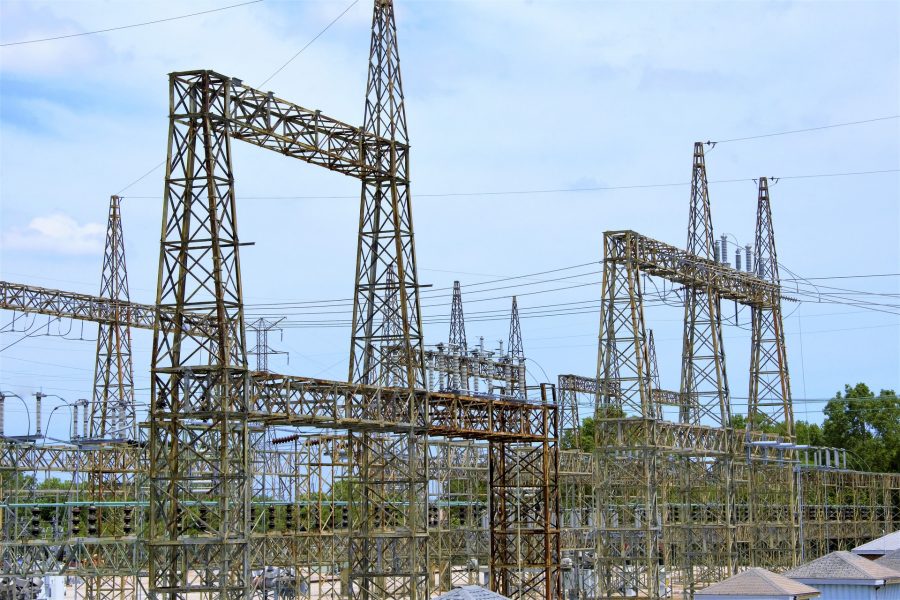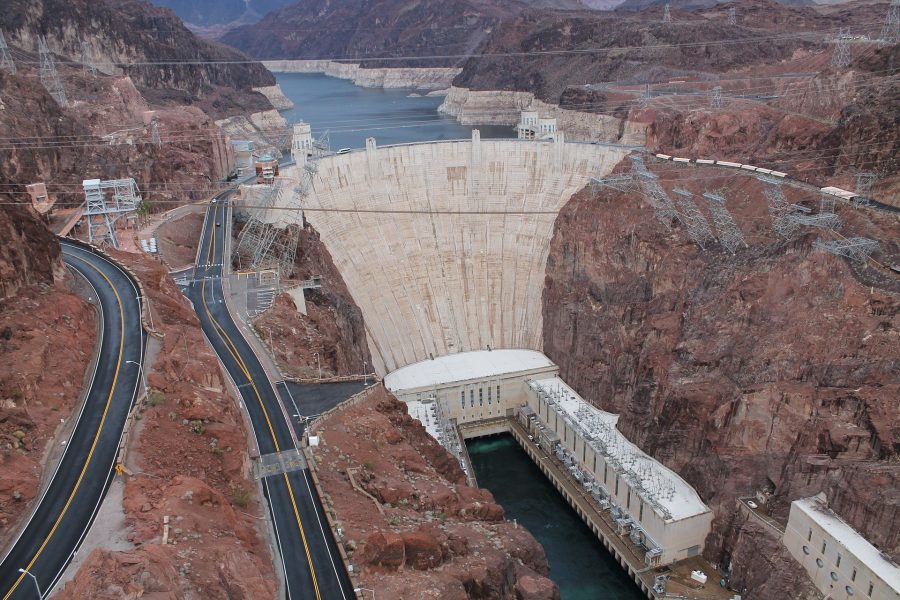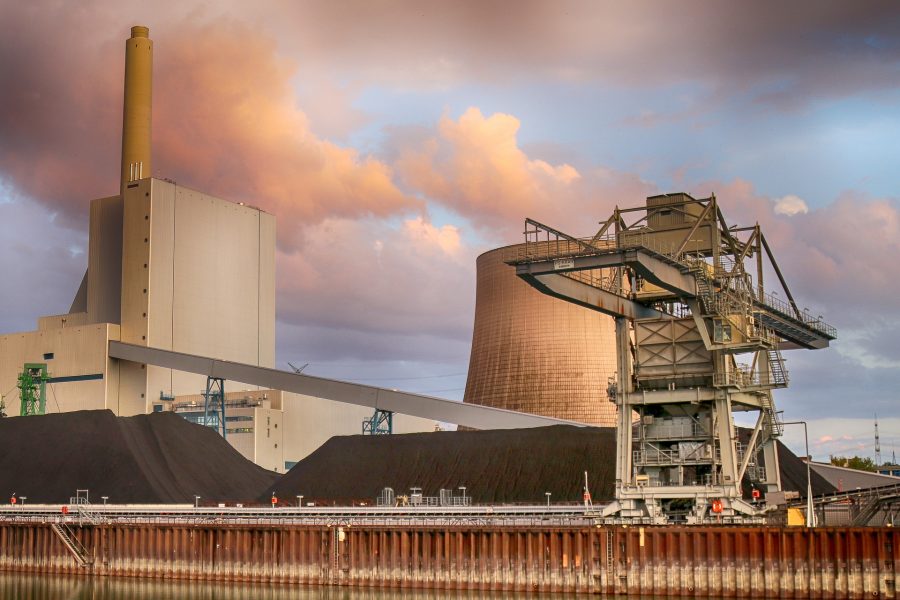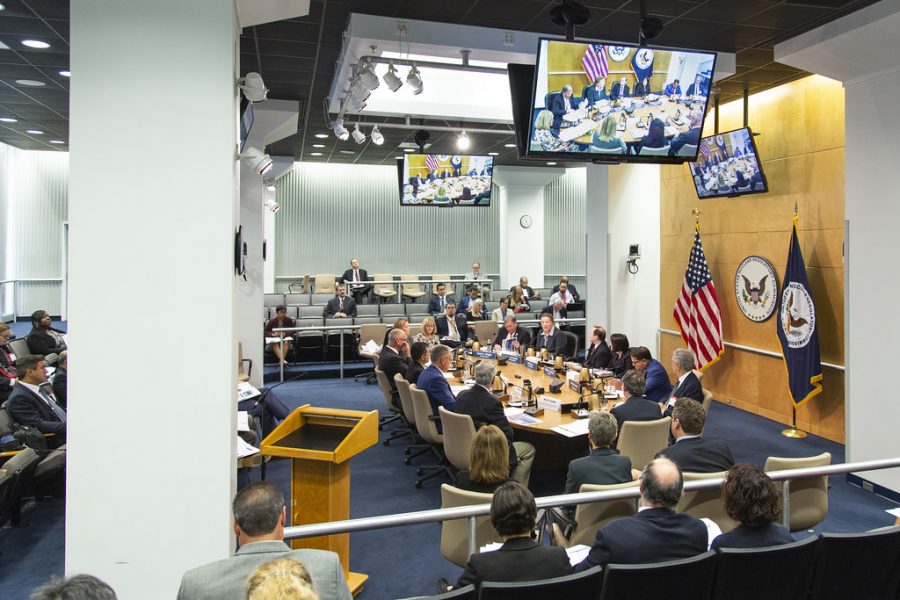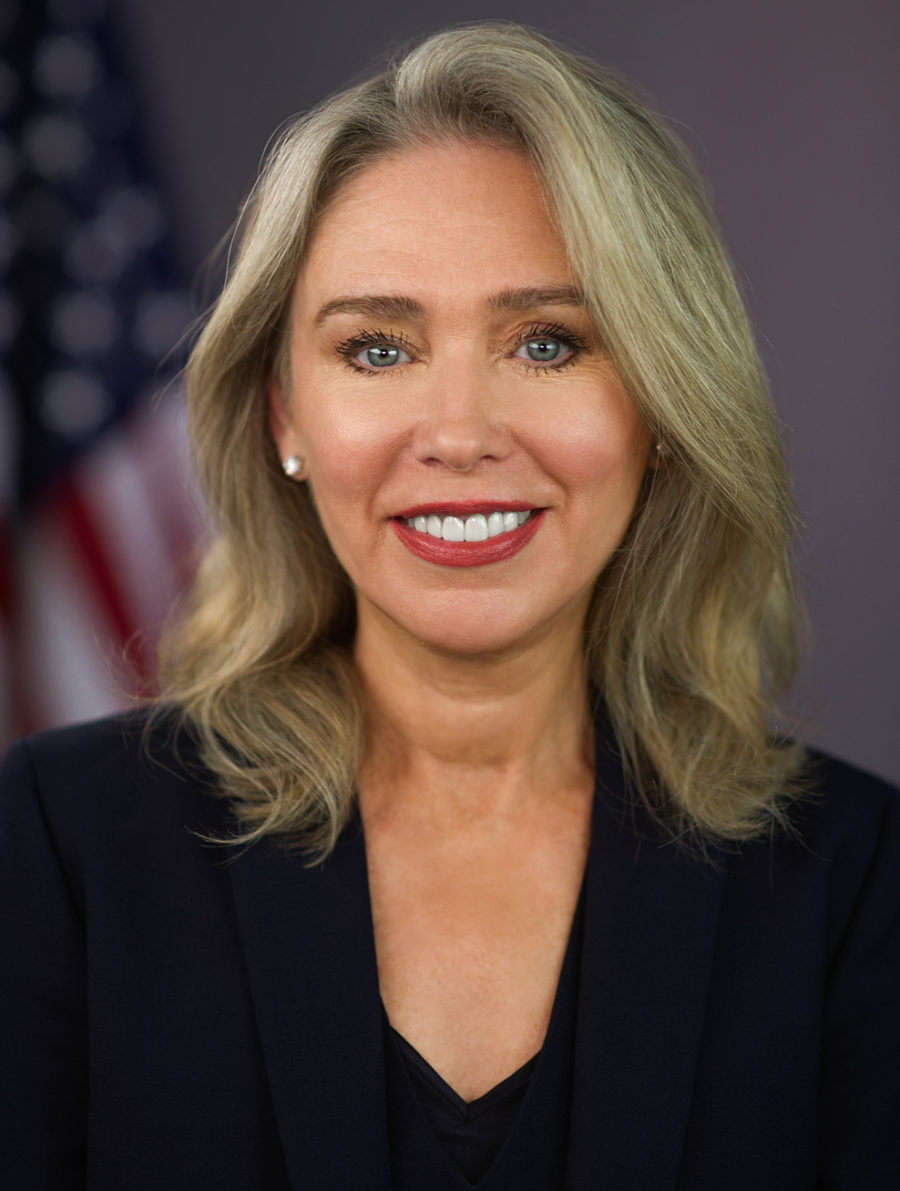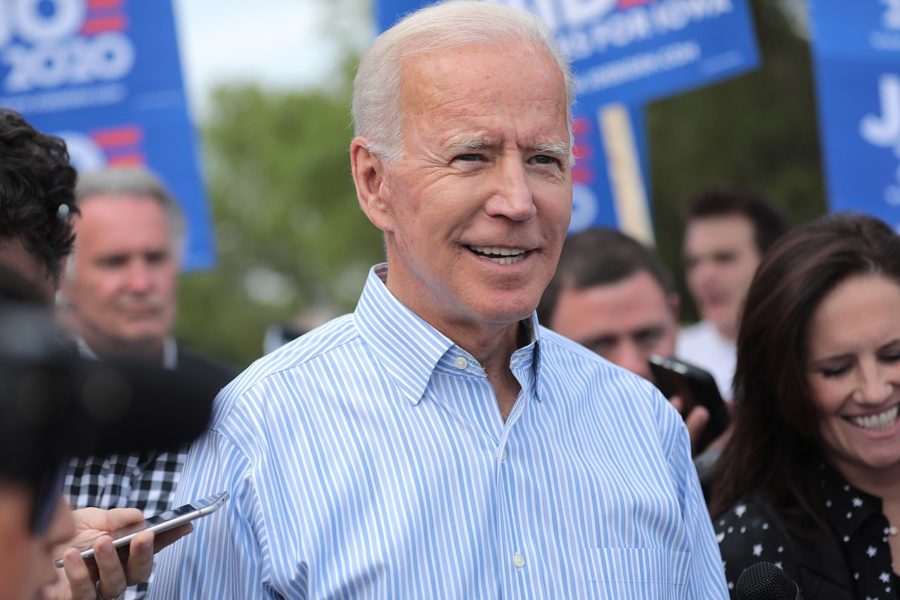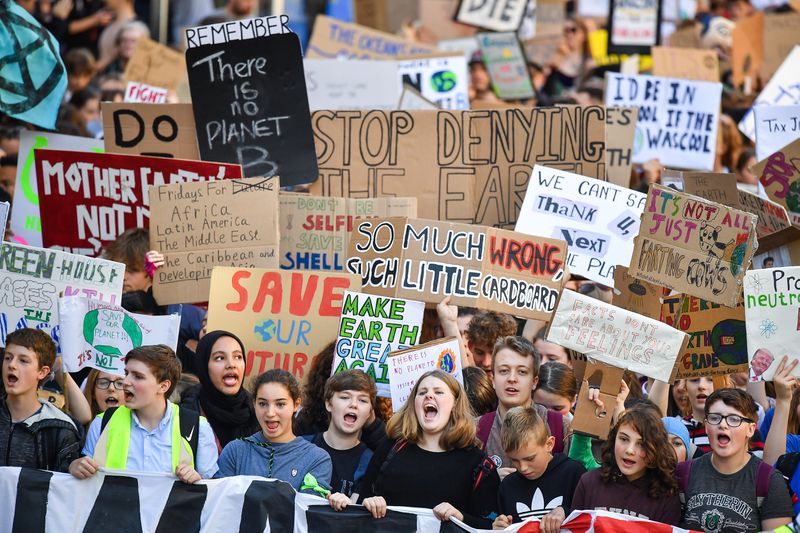In Chicago, a group of local activists is joining the global FridaysForFuture movement by striking on Friday, November 29, 2019. The Deepstrike will take place at Daley Plaza, 50 W Washington St, Chicago, IL 60602. The Strike will last from 11:00am til 2:00pm. The organizers provided the following instructions:
- Wear black this #BlackFriday as we mourn the burning of the Amazon
- Bring old clothes for clothing swap
- Bring signs and posters if you have them
- Share pictures from the Strike
- Please tag #FridaysForFuture and #ClimateStrike on social media posts.
The official event page for the Strike can be found here.
According to #FRIDAYSForFUTURE’s website:
#FridaysForFuture is a movement that began in August 2018, after 15 years old Greta Thunberg sat in front of the Swedish parliament every school day for three weeks, to protest against the lack of action on the climate crisis. She posted what she was doing on Instagram and Twitter and it soon went viral.
On the 8th of September, Greta decided to continue striking every Friday until the Swedish policies provided a safe pathway well under 2-degree C, i.e. in line with the Paris agreement.
The hashtags #FridaysForFuture and #Climatestrike spread and many students and adults began to protest outside of their parliaments and local city halls all over the world. This has also inspired the Belgium Thursday school strikes.
The popularity of the youth driven movement has rapidly increased in the 14 months since Greta Thunberg first sat in front of parliament. To date, 60 thousand climate strike events, in 6.4 thousand cities across 222 countries, have attracted more than 11 million strikers.
*Featured Image: Chicago Tribune, Sep. 20, 2019, Getty Images

